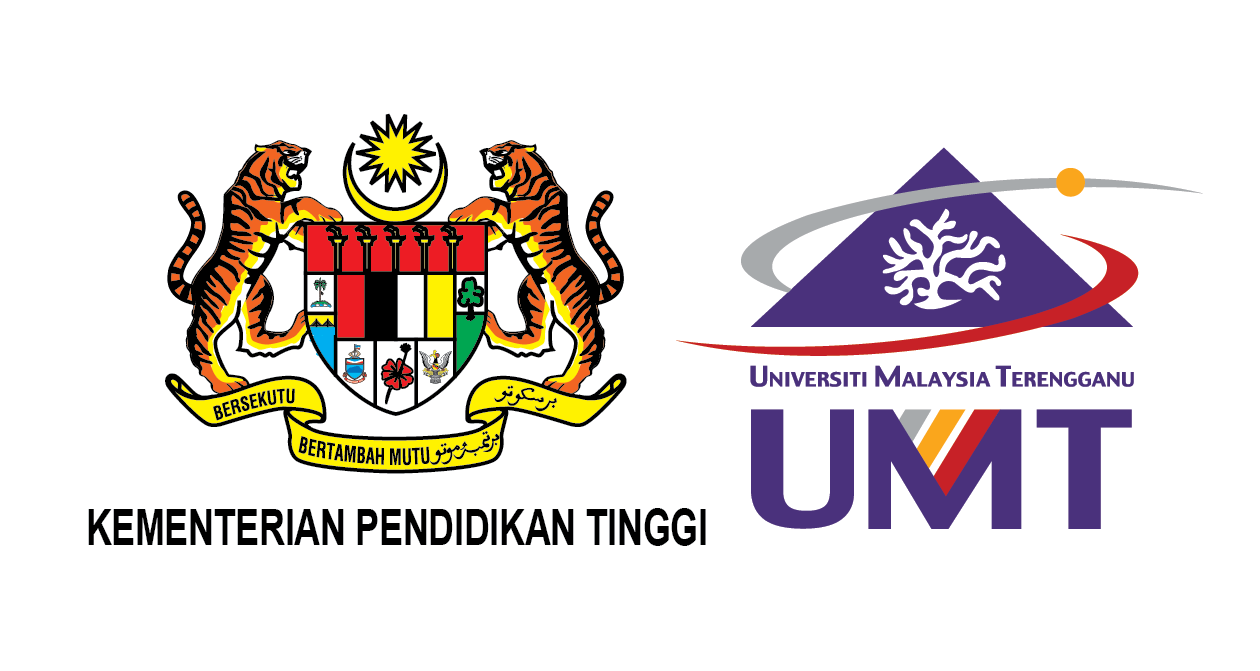Please use this identifier to cite or link to this item:
http://umt-ir.umt.edu.my:8080/handle/123456789/5557| Title: | Trailing the Spawning Horseshoe Crab Tachypleus gigas at Designated Natal Beaches on the East Coast of Peninsular Malaysia |
| Authors: | Azwarfarid Manca Faridah Mohamad Bryan Raveen Nelson Muhd Fawwaz Afham Mohd Sofa Amirul Asyraf Alia’m Noraznawati Ismail |
| Keywords: | Horseshoe crab Mating Xiphosura Site-specific spawning Trailing and tagging Nesting ground |
| Issue Date: | 2016 |
| Publisher: | Cell and Developmental Biology |
| Abstract: | Due to limited availability of literature on the spawning activity of Malaysian horseshoe crab, Tachypleus gigas (Müller, 1785), the reproduction behaviour and biology of this arthropod remains poorly understood. Hence, an investigation was carried out from April-July to trail spawning horseshoe crab amplexus at Balok and Cherating, the only known T. gigas spawning grounds on the east coast of Peninsular Malaysia. Through visual tracking during daytime full moon spring tides, the release of air bubbles indicate nest digging by female crabs. While air bubble formation aggravated, flagged aluminium poles were carefully driven into the sediment to mark the nest. Out of the 13 spawning T. gigas amplexus tracked, only one pair was able to dig up to 12 nests and release up to 2,575 eggs within the 2.5 hour spawning period. The female crabs dug nests at the intertidal regions, ranging 1.3-43.2 m from the highest tide marking on the beach. Interestingly after spawning, the horseshoe crabs returned to high seas during the residing tides as amplexus because the male crabs remained clinging onto the female crab’s opisthosoma. The incidence of recapturing a tagged female crab with different attached male crab at Cherating indicates this spawning ground as natal beach. In addition, the presence of 8 horseshoe crab amplexus at Balok compared to only 5 amplexus at Cherating highlight preferable beach settings for spawning and/or the presence of larger spawning crab assemblages at the former beach. Since only 13 spawning horseshoe crab pairs were witnessed at Balok and Cherating, identification of factors that alter beach sediment composition and water chemistry as well as gender-specific poaching and excessive boating activities should be regulated to restore wild T. gigas populations. |
| URI: | http://hdl.handle.net/123456789/5557 |
| Appears in Collections: | Journal Articles |
Files in This Item:
| File | Description | Size | Format | |
|---|---|---|---|---|
| 138-Trailing the Spawning Horseshoe Crab Tachypleus gigas at Designated Natal Beaches on the East Coast of Peninsular Malaysia.pdf | Full Text File | 726.58 kB | Adobe PDF | View/Open |
Items in UMT-IR are protected by copyright, with all rights reserved, unless otherwise indicated.

